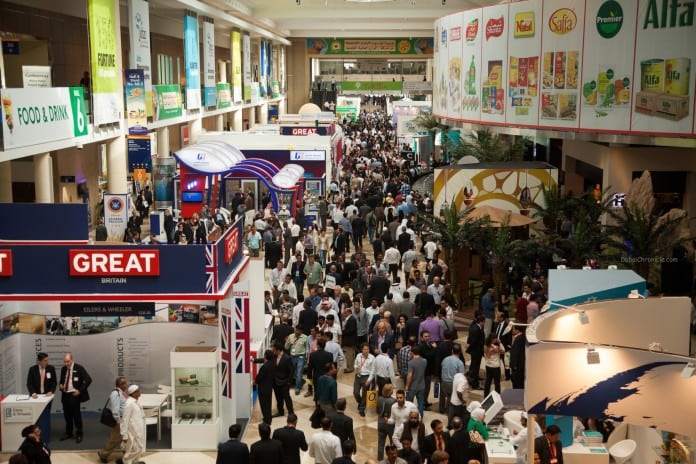
- Iran is the 11th largest minerals producer in the world, but its mining industry needs international capital and expertise to expand
- Mining is one of the industries in Iran that could really benefit from more foreign involvement
- The scale of the investment needed is daunting
- There are said to be more than 68 different minerals buried in the earth of the Islamic Republic
In late May, the Iranian mining industry gathered for a conference in Tehran. Almost 300 local companies came to the Iran Mines & Mining Industries Summit, which gives an indication of the size of the industry. But more importantly, delegates from several dozen international companies were also there, from Germany, Australia, China and India.
Mining is one of the industries in the Islamic Republic that could really benefit from more foreign involvement, in terms of money and expertise. According to Turquoise Partners, a Tehran-based investment house, Iran’s mining sector is struggling with problems on many fronts, ranging from outdated technology to a shortage of finance and a lack of research capabilities.
“The mining sector has a lot of potential due to the country’s sizeable reserves and relative proximity to large consumers,” the group said in a report published in February. “However, it suffers from a lack of investment in technology, infrastructure, and research and development. The sector could benefit from massive investment, which would stimulate other related sectors as well.”
Daunting investment
The scale of the investment needed is daunting. In the government’s sixth economic development plan, which runs from 2015 to 2020, some $15bn of spending is earmarked for the mining industry in order to boost output of steel, copper and aluminium. But that forms just part of what the government would like to achieve.
Iranian Mining Industries Development & Renovation Organisation (Imidro), the state-owned body responsible for the sector, has been involved in $10bn-worth of projects since it was set up in 2010, but its future plans far outstrip that. Imidro says it needs to raise about $40bn of finance to meet its targets for 2025. These include producing 55 million tonnes of steel, 1.5 million tonnes of aluminium and 800,000 tonnes of copper cathode by that date – four- and five-fold increases on what the country produces at the moment.
Attracting international companies into the market would be one way of meeting the investment shortfall. As the presence of the companies at the conference shows, many foreign firms are well aware of the opportunities on offer; the problem, as ever for Iran, is how to persuade them to enter the market.
“[Iran’s] mining sector has a lot of potential due to the country’s sizeable reserves and relative proximity to large consumers”
Simplifying rules
Mehdi Karbasian, deputy minister of industry, mining and trade, has said that simplifying the rules for international investors would help, but that will not be enough on its own. Exploring for new minerals and then extracting them is an expensive, high-risk business. The initial investments required are large, the vast majority of prospects come to nothing and it can take a long time before a mine starts making a profit.
Given Iran’s recent history, all this means international mining firms are likely to approach the market with a great deal of caution, even if the international sanctions regime is dismantled in line with the agreement reached on 14 July between Iran and the six world powers. Imidro has itself been on the US government’s list of sanctioned entities for many years and foreign companies will be wary of getting too closely tied in with it, in case sanctions are reimposed in the future. As a result, any hopes that they will rush into Iran once it returns to the international mainstream may be unduly optimistic.



































